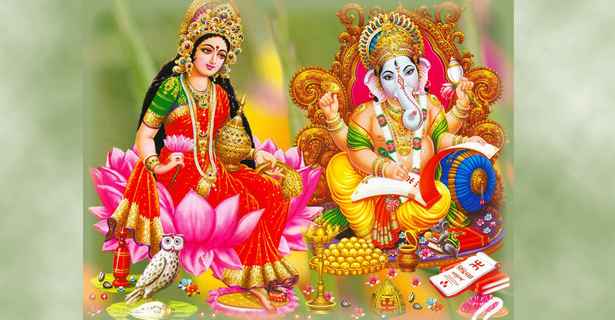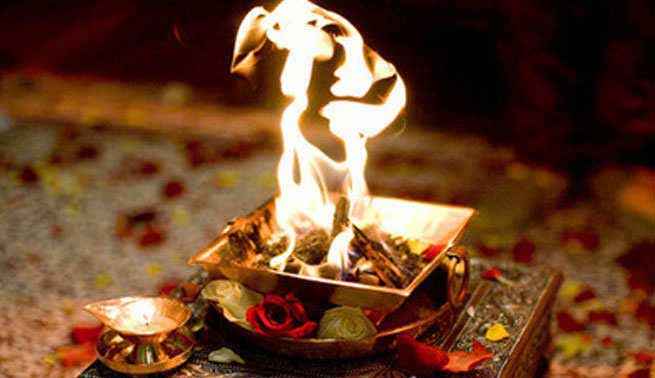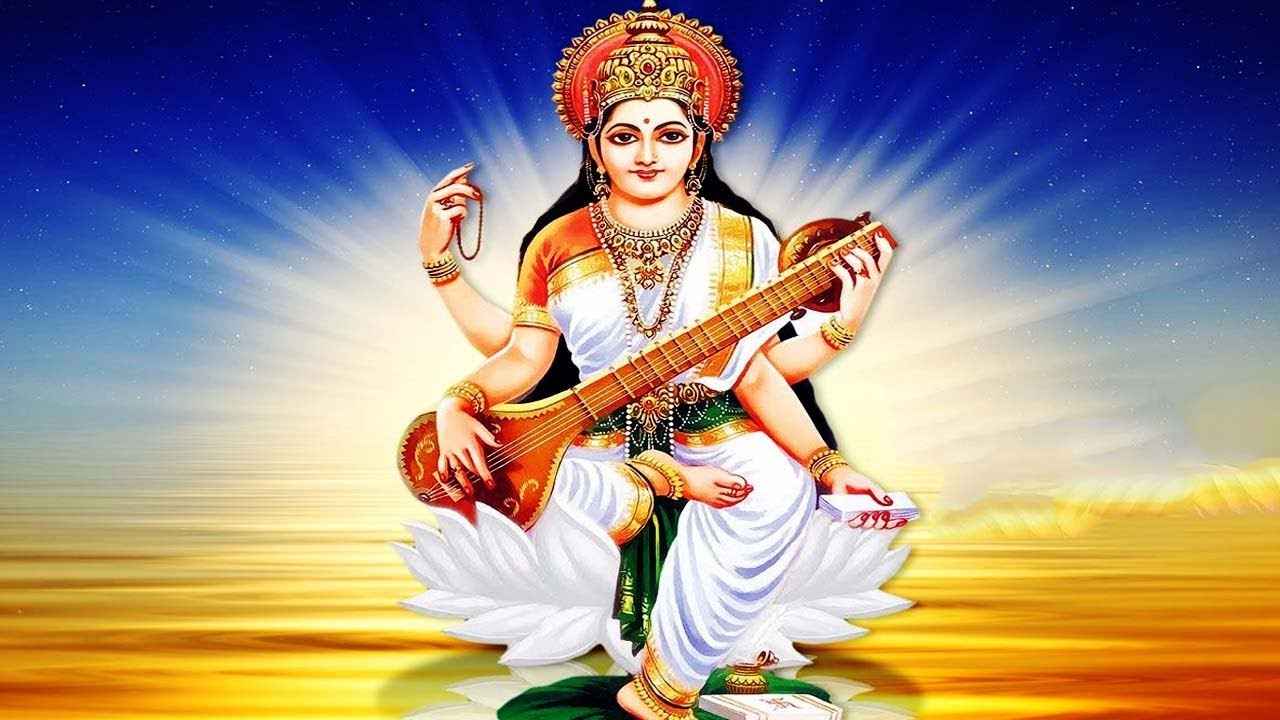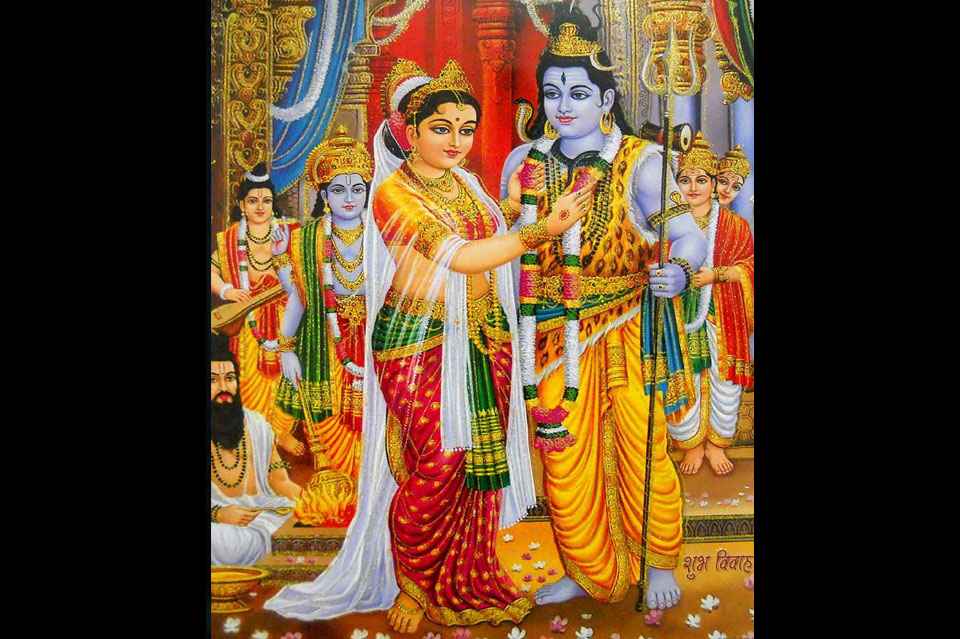Om Vaishvanara Jataveda ihavaha ihavaha;
lohitaksha, sarvva-karmani sadhaya: svaha.
-Vaishvanara Shloka in the Mahanirvana Tantra
Homam- The Holy Fire of the Soul
As the solemn fire altar is built, the devotee prepares himself for an offering to the most ancient Vaishvanara. The fire that illuminates the Atman guides the devotee in realizing the true nature of Maya beyond the darkness of ignorance. The fire of the Atman is expressed as the spiritual energy that uplifts the mind of the devotee to the eternal realms of profound wisdom.
The fire that burns the sins and the sufferings of the past directs the faithful to kneel in prayer at the ultimate destruction, thus signified. The burning yellow and red of the all-encompassing holy flame also implies a circle of divine protection around your being, upbraiding the mind to avoid coming too near to the anger of the Gods, lest you want to be scorched.
Dedications to the Mighty Vaishvanara
The etymology of Vaishvanara indicates the presence of a cosmic man at the place of worship. Vishwa means ‘the world’ or ‘the cosmos,’ while ‘Nara’ means ‘Man.’ He is referred to as the ‘Fire God’ in the Rig Veda, with diverse hymns dedicated to his glory. The scriptures indicate that he must be pleased with the offerings that are meant to be burned. Each offering placed in the fire ritual (Yajna) is symbolic. For instance, the ghee that is burned is made of fat, often symbolizing greed and hunger.
He is a supreme figure whose presence is sought as a sanctifying witness to oaths made in front of the fire. Whenever a devotee offers his prayer to a deity, he partakes in an oath of devotion and surrender, with the fire God as a witness. For this reason, the presence of the fire is also sought in marriage rituals. Also, fire represents the ultimate truth of human mortality, as in a crematorium, the flames of fire consume the mortal remains of the human body. The depiction of the Dasa Maha Vidya is also seen surrounded by the fire of the crematorium.
Vaishvanara is a supreme figure. He is defined in a crimson complexion, embodying the colour of the flames. He has seven tongues, with which he devours the offerings made unto him. The seven arms of the cosmic man represent the dance of life and death. He is seen standing on three legs, signifying the supreme presence of fire in the three realms of Swarga, Martya, and Patala. Swargya is the heavens, Martya is the earthly plane, and Patala is the dimension of the deceased.
His head is adorned with four horns, implying his great power that encompasses the four cardinal directions. Often seen riding a chariot driven by seven horses, he is also worshipped as the Sun God. In some depictions, Vaishvanara is seen wearing a garland of fruits and flowers, symbolically representing the material offerings given to him.
His mighty essence is not limited to a singular form. He is described as an all-encompassing presence, evident in the thunder that speeds across the night sky and the Sun in the daytime. His presence in the three realms is understood as being a bridge between the heavens and humanity, a bridge that cannot be touched but only worshipped from a distance. The flames rise upwards, taking the offerings to the heavens while the blessings flow to the devotee.
He is praised as the “Mouth of the Gods” because only through Vaishvanara can an offering be made to the deities. He is the presiding deity of all sacrifices, receiving the fruits of penance. Vaishvanara is considered a guardian deity, particularly in the southeast direction. His role as the fire God needs to be internalized. The power of the holy fire must be understood as transformative and enlightening.
LAKSHMI GANAPATHI Homam
Ganapathi and Lakshmi are regarded as the guardians of prosperity. The homam dedicated to them serves several purposes.
- Removes Karmick imbalance.
- Breaks vicious debt cycles.
- Makes the devotee emerge victorious over troubles.
- Blesses the devotee with prosperity and wealth.
Bhairava Homam
Bhairava is the guardian deity of Tantra and is the consort of the Dasa Maha Vidyas. He is a fearsome aspect of Lord Shiva, guiding the terrified (Bhiru) toward salvation. He is the Khsetrapala, which means ‘the governor of the premises.’ He is known to control the eight directions by his eight forms.
- Asithaanga Bhairava.
- Ruru Bhairava
- Chanda Bhairava
- Krodha Bhairava.
- Unmattha Bhairaba.
- Kapaala Bhairaba.
- Bheeshana Bhairaba.
- Samhaara Bhairaba
We perform the Ruru Bhairaba Homam on Amavasya. The offerings made to him include the eldedr flower (moduga puvuu), dried red flower petals, deer musk (Kosturi Kommu), bael (maredu), veeram, prudvi pashanam, thotti pashanam, etc.
The worship has the following benefits:
- Destruction of evil.
- Removes the malefic effects of planets.
- Reverses bad luck and removes ill health.
- Removes negative energies and obstacles.
- Removes negative habits such as drugs and alcohol.
BAGALAMUKHI Homam
Goddess Bagalamukhi Homam is performed on Purnima or full moon nights. The Goddess has the power to paralyze the speech of enemies. The ingredients used in the Yajna include turmeric, spikenard (jatamamshi), manishila, amlasar (gandakam), lauha bhasmam, talakam, kala pashanam, and other items. The Homam must be performed by wearing yellow garments.
The Homam grants the following blessings:
- Removes negativity.
- Creates a good environment.
- Helps the devotee to attain success.
- Removes the malefic effects of black magic.
- Protects the devotee from accidents and unnatural situations.
- Protects the devotee from evil eyes.
VAGABADINI Homam
vagavadini devi is the goddesses for knowledge and will excel in all academic fields like education , writing , poetry
Devi Vagabadini Homam imparts the following benefits:
- Removes miscommunication.
- Helps to improve concentration.
- Helps to interpret complex situations.
- Helps in regaining memory loss.
- Improves the power of memory.
Swayamvarakala Homam
The Swayamvarkala Homam is very important to him, as he has certain doshas in the Kundalini, which create obstacles in marriage. The ritual also helps to restore harmony in strained relationships between life partners.
The blessings of this Homam:
- Finding a good life partner
- Solving the problem of delay in marriage.
- Leading a happy married life
Homas in the Observance of Devotion to the Gods and Goddesses
DASA MAHAVIDYA HOMAM
Homas are directed to the Dasa maha Vidya by the chanting of this mantra.
Kali removes the malefic effects of Saturn. She protects the devotee from black magic and reverses the evil forces. The most auspicious time for Kali worship is Ashvayuja Krishna Ashtami.
Tara is a compassionate Goddess, and her blessings usher immense abundance in life. She is worshipped during the Chaitra Shukla Navami.
Shodashi (Lalitha Tripura Sundari) is the Goddess of eternal youth and beauty. She is worshipped for happiness and the removal of negative energies from life. She is worshipped in the Margashirsha Pournami.
Goddess Bhuvaneshwari is hailed, for she holds the balance of cosmic harmony. She is the Goddess of the whole world. She is worshipped in the Bhadrapada Shukla Ashtami.
Tripurabhairavi is a fierce Goddess who removes malefic energies with her divine anger. She is worshipped during the Magha Pournami.
Chhinnamasta is the self-decapitating Goddess. She signifies divine grace that even transcends death. The most auspicious time for her worship is during the Vaishakha Krishna Chaturdashi.
Dhumawati is the Goddess who widowed herself. She represents the ultimate sacrifices in Tantra. She must be worshipped at the Jyeshtha Shukla Ashtami.
Bagalamukhi is the Goddess who can paralyze the speech of the enemy. She seizes the power and restores harmony. She must be worshipped at the Vaishkha Shukla Ashtami.
Matangi is the Goddess of music and arts in the Dasa Maha Vidya. She must be worshipped in the Vaishakha Shukla Tritiya.
Kamala is the Goddess of abundance and prosperity. On the auspicious days of worship, the Tantrik performs the Navavarna Archana and performs Homam to remove obstacles from the life of the devotee.
Significance of the Yajna Ritual
The fire ritual is an ancient practice in Hinduism that has been observed through the ages. The ritual continues to hold a significant position even in modern times, signifying the timelessness and the eternal truth of Vaishvanara.
Benefits of Performing Homam
Performing a Homa has multifaceted benefits, encompassing the spiritual, physical, and emotional aspects.
Physical Benefits
Physical benefits of performing a homa include:
- The burning of herbs and wood in the ritual fire has a purifying effect on the air.
- Sitting in a cross-legged position near the fire daily can help form a strong physical posture.
Emotional Benefits
Emotional benefits of Homa include:
- Focusing on the ritual of homa can help the participant to de-stress and relax.
- Homas are observed as social events that bring people together in one place. This creates a sense of community, which is uplifting to the mind.
Spiritual Benefits
The spiritual benefits of Homa are:
- The ritual serves as a bridge between the earth and the heavens. Offerings made to the fire are said to be consumed by Gods and Goddesses.
- The fire ritual has a deep purifying effect on the soul, as it cleanses the mind of negative energies.
- The ritual is thought to contribute to maintaining balance and harmony in the Cosmos. Participating in these rituals signifies a Universal thought of well-being and purity.
- The chanting of mantras in front of the fire, the intent focus on the flames, and the act of offering sacrifices contribute to a sense of well-being and peace for the participants.






